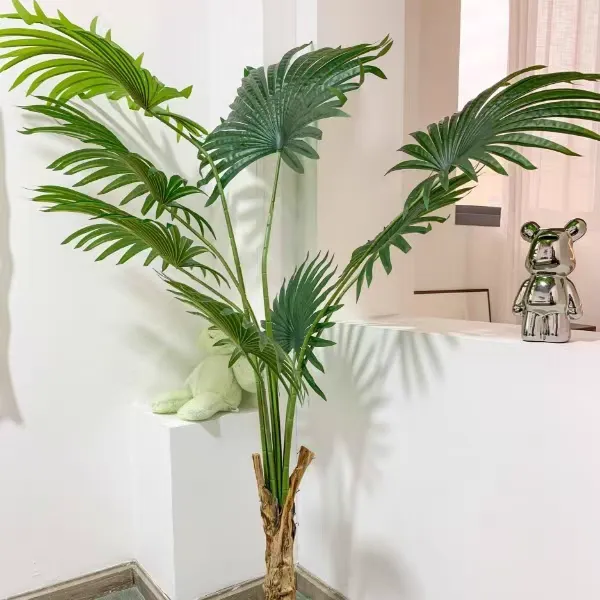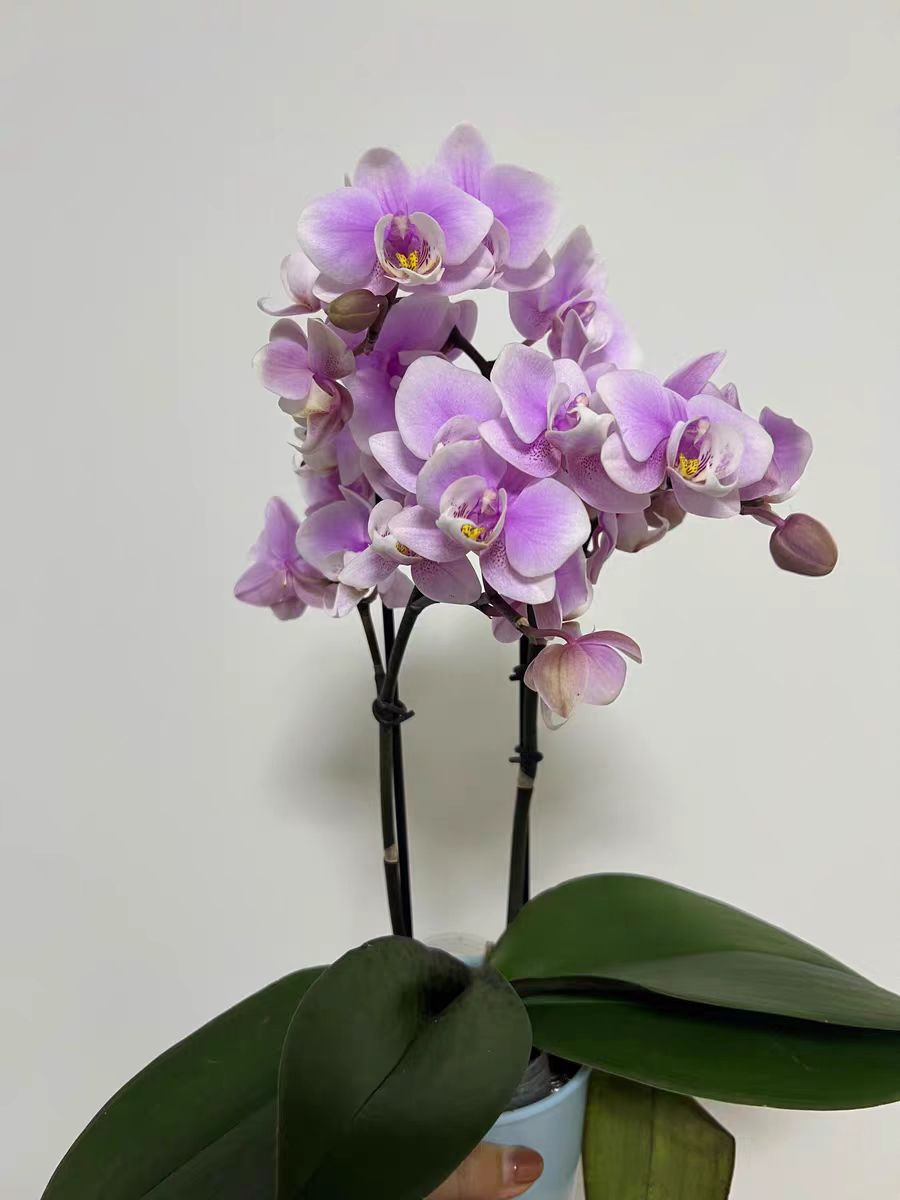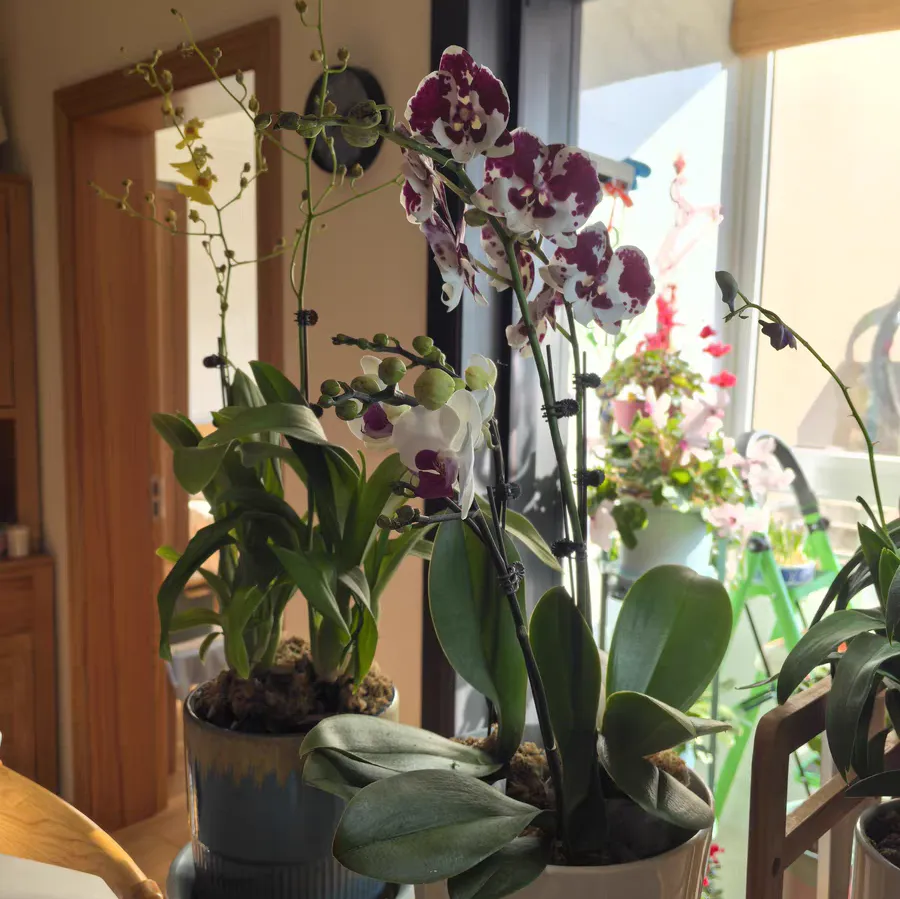In households with dogs, when choosing indoor plants, it is best to meet these four major requirements: being non-toxic to dogs, not likely to cause allergies in dogs, difficult for dogs to chew on, and not easily knocked over by dogs. Plants like Epipremnum aureum (Golden Pothos) and lilies, once accidentally ingested by dogs, may cause vomiting, diarrhea, or even more serious health problems. Below, we will introduce several types of plants that are suitable for households with dogs.
Chrysalidocarpus lutescens (Areca Palm): As a green plant with high ornamental value, the Areca Palm is not only non-toxic but also able to regulate the indoor humidity and effectively purify the air. Its upright stems and lush leaves usually exceed the reach of dogs, reducing the risk of being chewed on or damaged.
Monstera deliciosa: The Monstera deliciosa has unique leaves with hole-like cracks, presenting a distinctive shape and high ornamental value. Moreover, it is non-toxic to dogs. As long as proper guidance is provided, it can coexist harmoniously with dogs at home.
Chlorophytum comosum (Spider Plant): It has tenacious vitality and is easy to care for. Its slender leaves hang down, making it difficult for dogs to reach. Even if a dog accidentally eats a little bit, it will not pose a serious threat to its health.
Platycerium bifurcatum (Staghorn Fern): The Staghorn Fern has a unique appearance and gets its name because its leaves resemble staghorns. As an epiphytic plant, it is usually cultivated by hanging it on the wall or a wooden board, making it difficult for dogs to reach and reducing the risk of being damaged. At the same time, it is non-toxic to dogs and is very suitable for families with dogs.
Cactus: The numerous sharp thorns on the cactus keep dogs at a distance and prevent it from being easily damaged by dogs. However, the placement position should be carefully selected to prevent dogs from accidentally getting pricked.
Tillandsia: Tillandsia does not require soil and has a simple way of cultivation. It can grow as long as it is sprayed with water regularly. Hanging it in the air makes it out of reach for dogs, avoiding being chewed on or knocked over, and it is harmless to the health of dogs.
Precautions
It should be noted that even plants that are non-toxic to dogs may irritate the dog's stomach and intestines if ingested in large quantities, leading to discomfort symptoms such as vomiting and diarrhea. Therefore, it is necessary to pay attention to the behavior of dogs in daily life to prevent them from consuming a large amount of indoor flowers and plants. You can place the plants out of the reach of dogs or use fences for isolation.
In short, when choosing plants for households with dogs, it is essential to exclude those varieties that are toxic to dogs.
Recommendations for Plants Suitable for Dog - Owning Households

Share with
Tagged in :




Leave a Reply